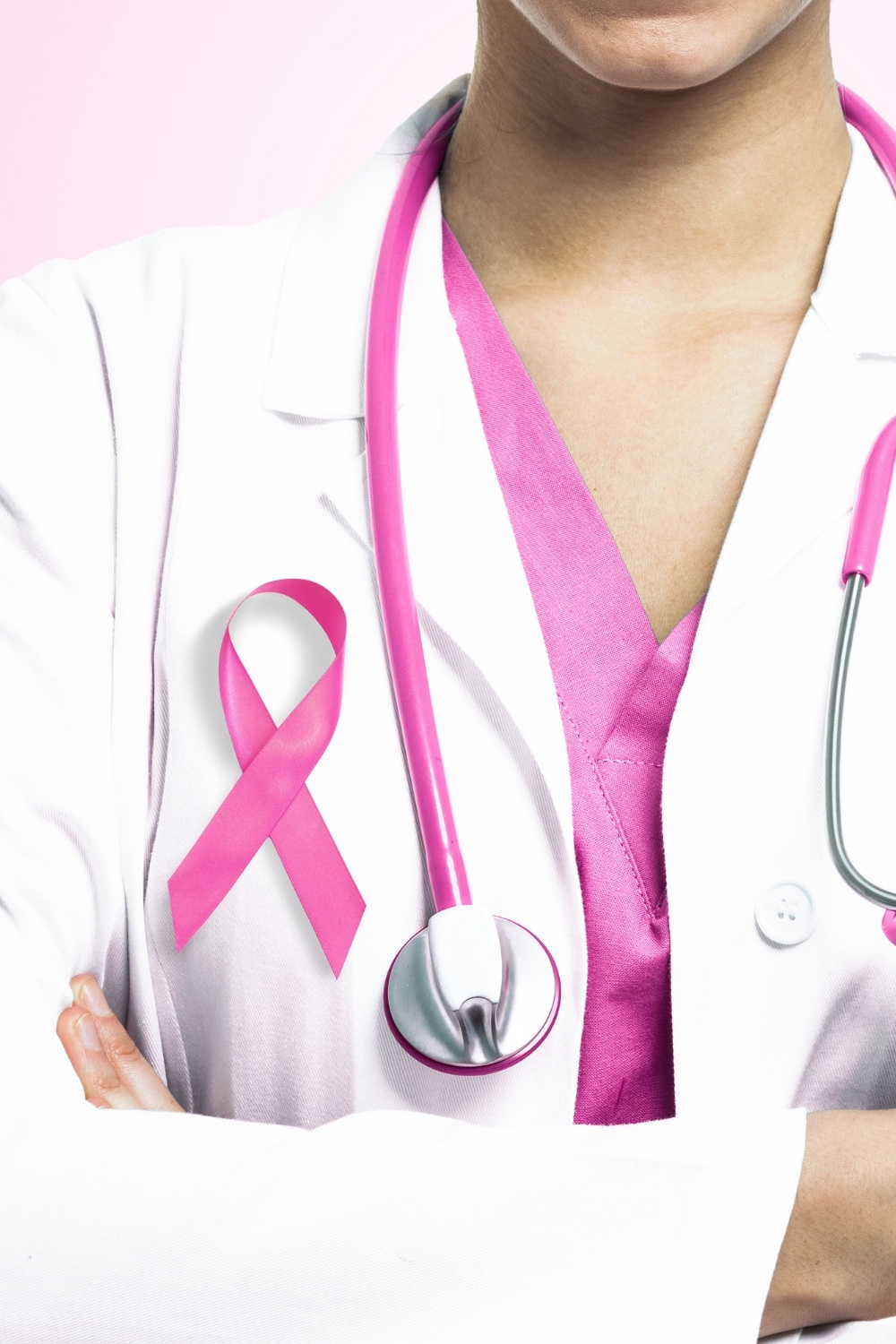October is Breast Cancer Awareness Month
Breast cancer is the most common cancer in women worldwide.
October is Breast Cancer Awareness Month, an annual campaign to increase awareness of the disease. The goal is to get as many people as possible involved in raising awareness and funds to help support life-saving research and life-changing support.
Don’t Play with your Health. Get Checked.
1 in 7 women will be diagnosed with breast cancer in their lifetime. Mammograms are the best way to find breast cancer early, when it is easier to treat, and before it is big enough to feel or cause symptoms.
Currently there is not sufficient knowledge on the causes of breast cancer, therefore, early detection of the disease remains the cornerstone of breast cancer control. When breast cancer is detected early, and if adequate diagnosis and treatment are available, there is a good chance that breast cancer can be cured. If detected late, however, curative treatment is often no longer an option.
The majority of deaths occur in low- and middle-income families, where most women with breast cancer are diagnosed in late stages due mainly to lack of awareness on early detection and barriers to health services.
Risk Factors and Prevention
Not all cases of breast cancer can be prevented, but some can. Certain risk factors for breast cancer, such as genetics, are inherent to an individual and cannot be changed. Others are related to a person’s lifestyle. This animation highlights some of the things that affect your risk of developing breast cancer and some behaviours you can adopt to reduce your risk.
Here is an informative video from WHO:
Breast Cancer Symptoms and Signs
The earlier breast cancer is diagnosed, the better the chance of successful treatment. It’s important to check your breasts regularly, and see your doctor if you notice a change.
Common breast cancer signs and symptoms include:
A lump or swelling in the breast, upper chest or armpit – you might feel the lump but not see it
A change in the color of the breast – the breast may look red or inflamed
A change to the skin, such as puckering or dimpling
A change to the nipple, for example it has become pulled in (inverted)
A rash or crusting around the nipple
Unusual liquid (discharge) from either nipple
Get Involved!
There are numerous events and charities you can donate your time or money to in the fight against breast cancer. Tackling breast cancer requires an exorbitant amount of time and funds – if you have extra of either you can become an incredible weapon against breast cancer! Whether you volunteer or donate money, know your efforts are appreciated and useful.
The fight against breast cancer needs action and awareness galvanizes action. Let’s inspire each other, let’s spread the message and let’s strive to make change. Tell your story and tell others to get a mammogram. Breast cancer touches all of us in some way so let’s unite together and promote awareness this month.

